The Black Power Movement was a movement that sought rights and justice for African Americans during the 1960s and 1970s. This movement had many ways of activism, including violence.
Social Movements of the 60s and 70s in the United States
Black Power Movement: African American Movement
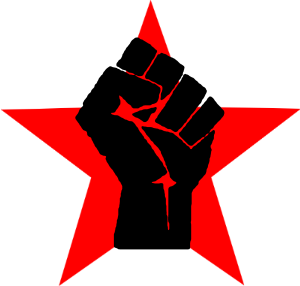
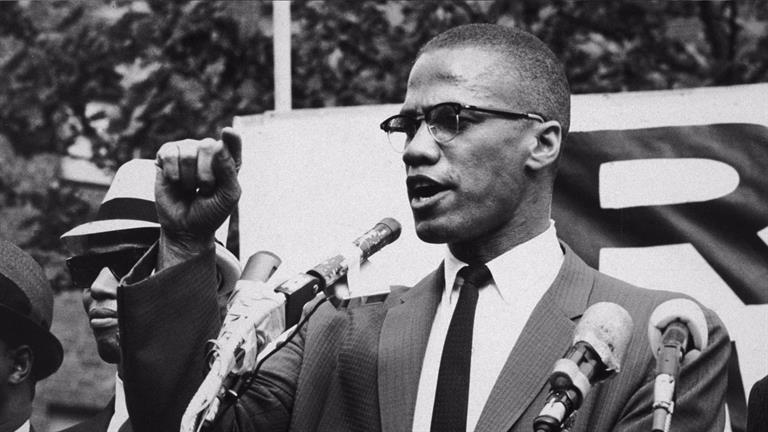
Nation of Islam
- Leader- Malcolm X, Elijah Muhammad
- It was a Black Separatist group founded in 1930 but rose to fame during the 70s fight for African American empowerment.
- Members changed their old "slave names" to a new one.
- Muhammad Ali was a famous example of this with his former name being "Cassius Clay."
- The goal of the Nation of Islam was to improve the overall condition of life for African Americans.
- They used large speeches and preached never to trust whites as tactics.
- For them violence was allowed for self defense but other means worked as well.
- The succeeded in gaining new members thanks to Malcolm X and Elijah Muhammad helped many schools find the funding they needed.
- Failures came later when the school boards thought Muhammad was forcing his religion on minors and arrested him.
- Also Malcolm X would later be killed by members of the Nation of Islam after he left the organization.
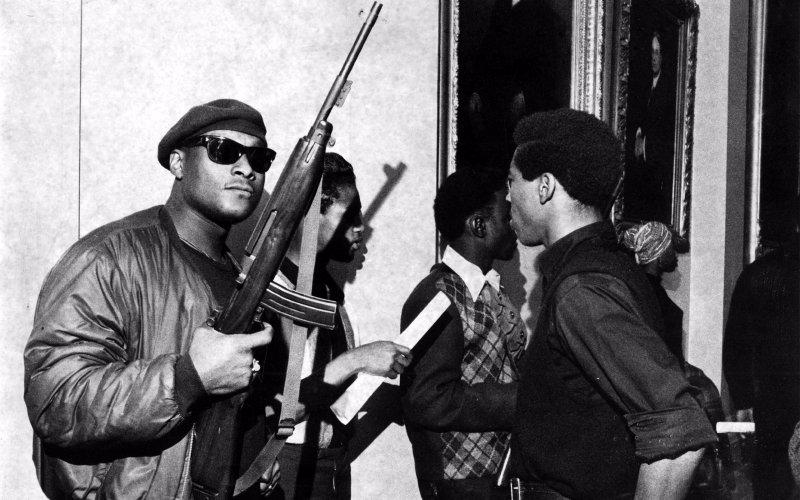
Black Panther Party
- Leaders- Huey P. Newton, Bobby Steale
- The main goal of the movement was to arm and fight back against police brutality against African Americans.
- The Black Panthers were one of the groups that supported and encouraged violence.
- They would have armed patrols watch over police in many major cities to discourage police brutality.
- The panthers succeed in empowering blacks and growing pride in their communities.
- But because of their violent rhetoric and actions they couldn't find the legislative change that many needed.
"Long Hot Summers" is a term that refers to two race riots that broke out in the summer of 1965 and 1967 after cases of police brutality emerged.
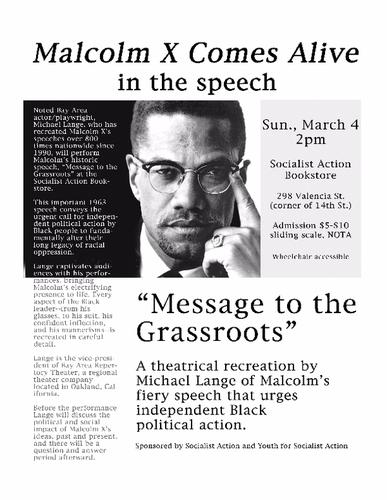
Primary Source: Speech by Malcolm X "Message to the Grassroots" outlined his thoughts on black separatism an nationalism.
Pink Power: Women's Rights Movement
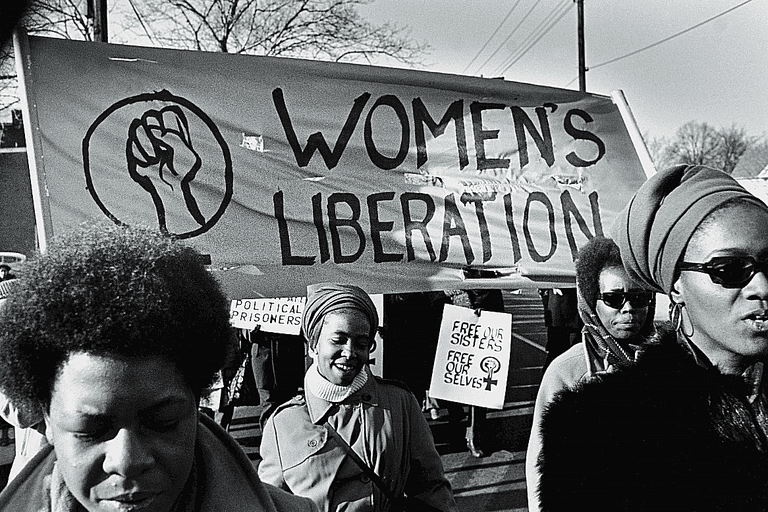
The feminist movement in the 60s and 70s focused on reproductive rights for women and workplace inequality. This movement focused on moving more as a whole instead of individual groups like the Black Power Movement.
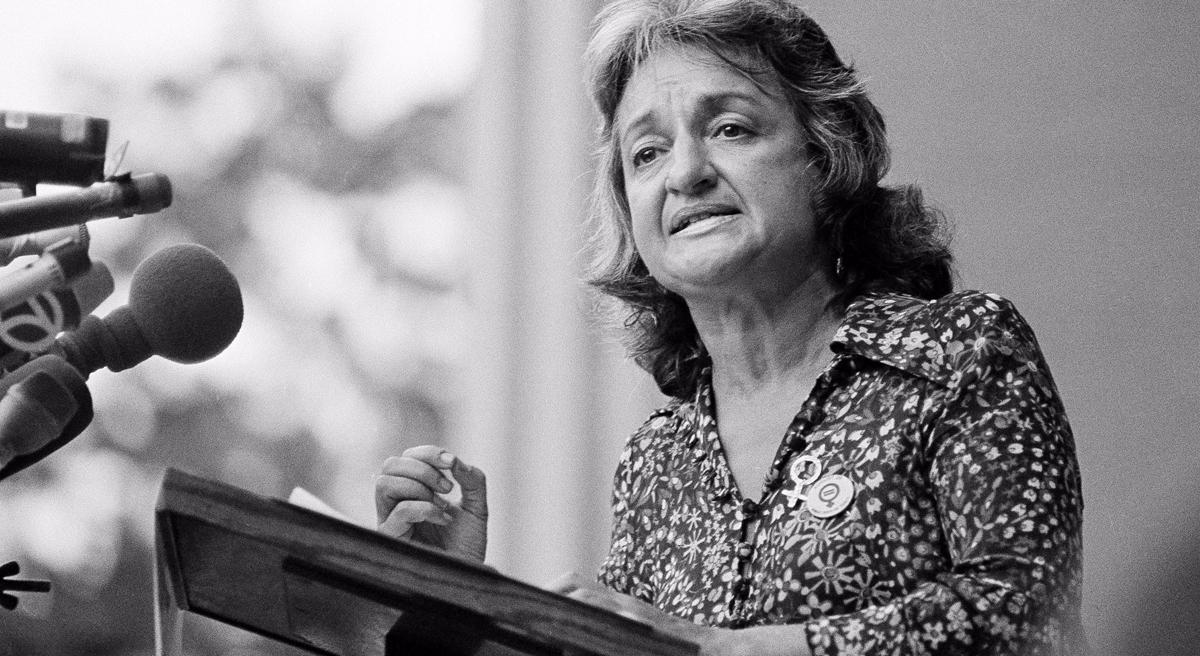
Betty Friedan
Leaders:
- Betty Friedan- First president of NOW (National Organization for Women) and organized a nationwide strike and march for women. Writer of The Feminine Mystique which is often credited with starting the movement in the 60s.
- Gloria Steinam- New York writer and women's activist that co-founded Ms. magazine, a prominent feminist writing at the time.
Methods/Tactics/Major Events
- Their best weapons were organized strikes and protest because of the great number of people they could bring together.
- 1963 Equal Pay Act fought to lower the pay gap between men and women in the work place.
- Roe v. Wade was a supreme court decision that assured the womens right to privacy in regards to abortion.
- Both of these were major successes for the movement.
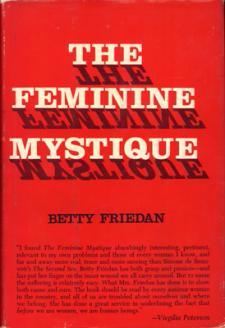
Primary Source: "The Feminine Mystique" by: Betty Friedan
Overall this movement was successful in changing the mindset of many Americans and passing legislation that increased the reproductive and non-discrimination rights of women.
Red Power: American Indian Movement
Leaders of the Movement:
- Dennis Banks
- Clyde Bellecourt
- Eddie Benton Banai
- George Mitchell
- Russell Means: spokesperson of group
- Mary Jane Wilson
- Vernon Bellecourt
Goals of Movement:
- Original purpose was to help Indians in urban ghettos who had been displaced by government programs that had the effect of forcing them from the reservations.
- Its goals eventually met all of Indian demands such as economic independence, revitalization of traditional culture, protection of legal rights, and the restoration of lands that they believed had been illegally seized.
Methods/Tactics/Major Events:
- involved in highly publicized protests
- involved in the 1969 occupation of Alcatraz Island
- Involved in the 1972 march on Washington, D.C., to protest violation of treaties
- Involved in the 1973 takeover of a site at Wounded Knee to protest the government’s Indian policy.
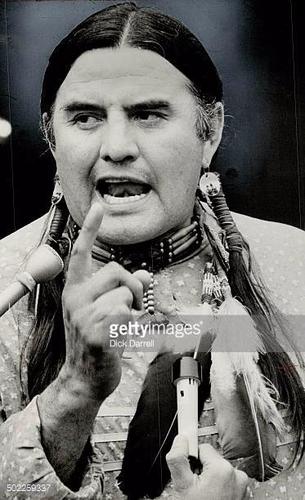
Vernon Bellecourt

